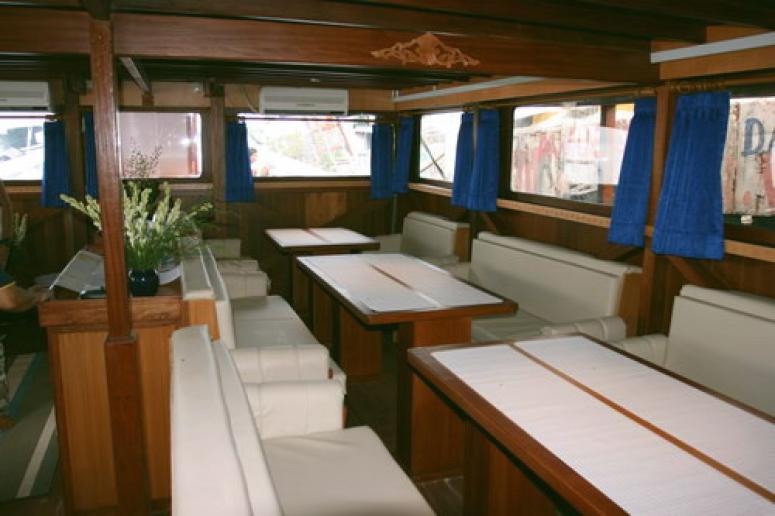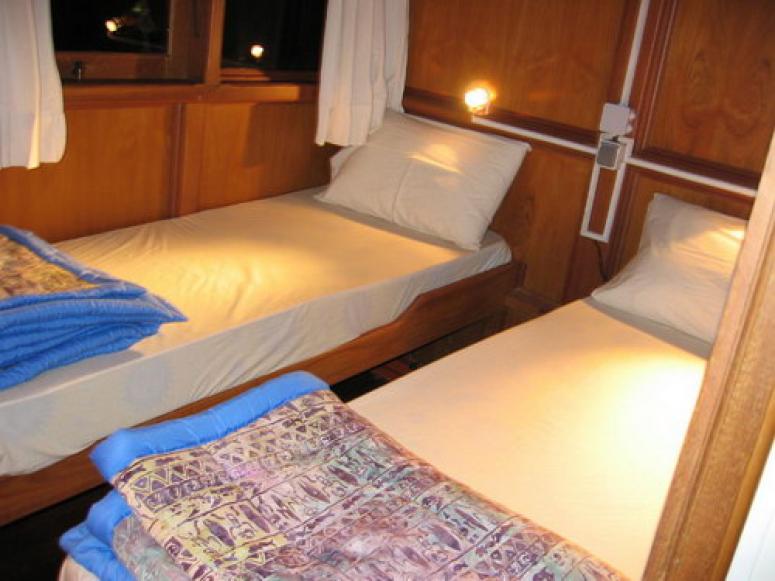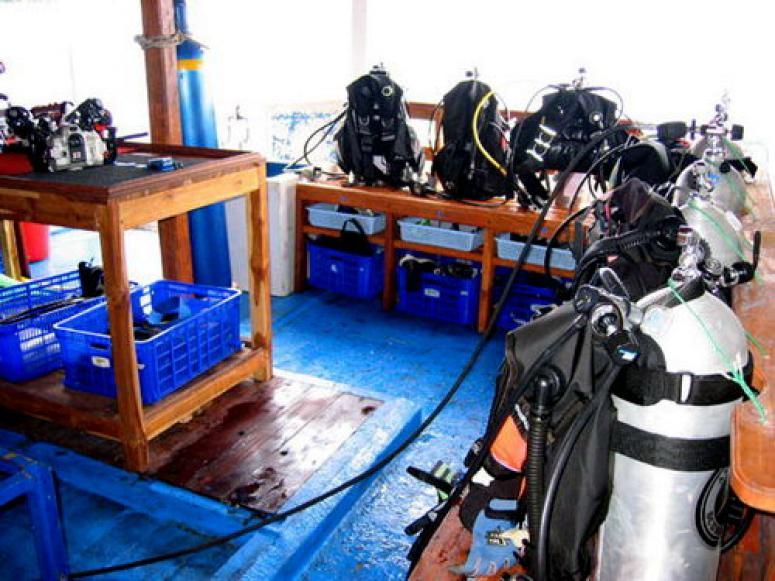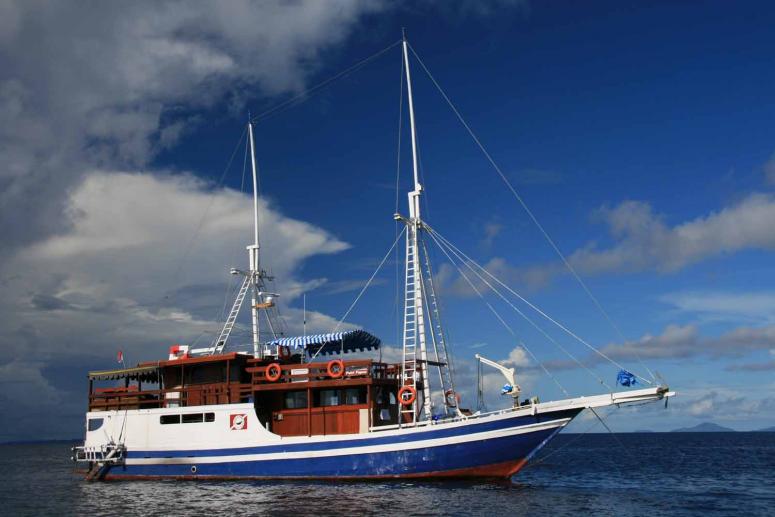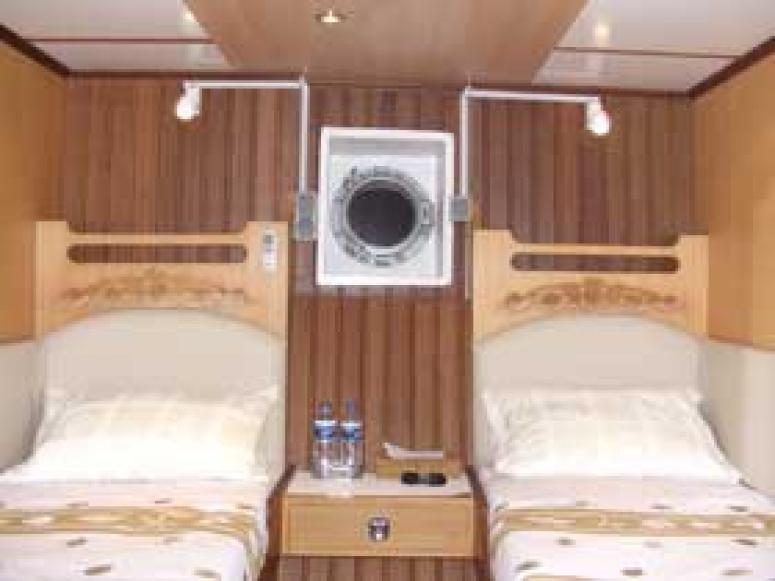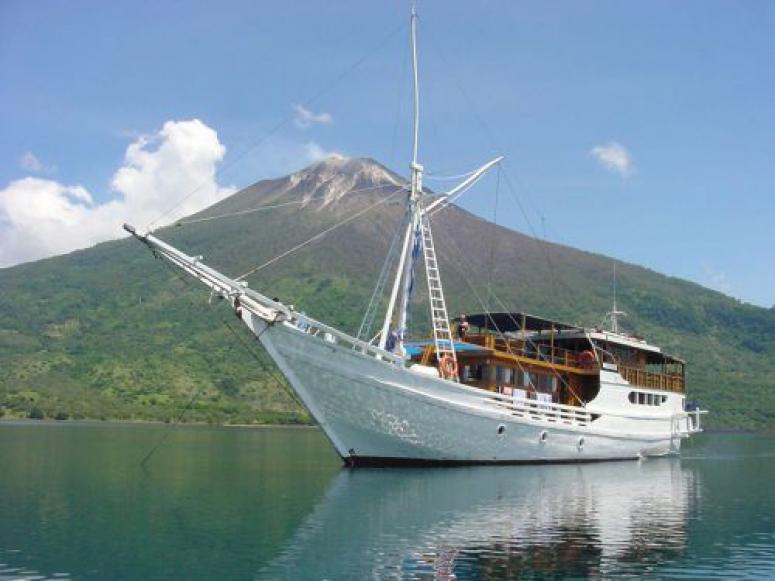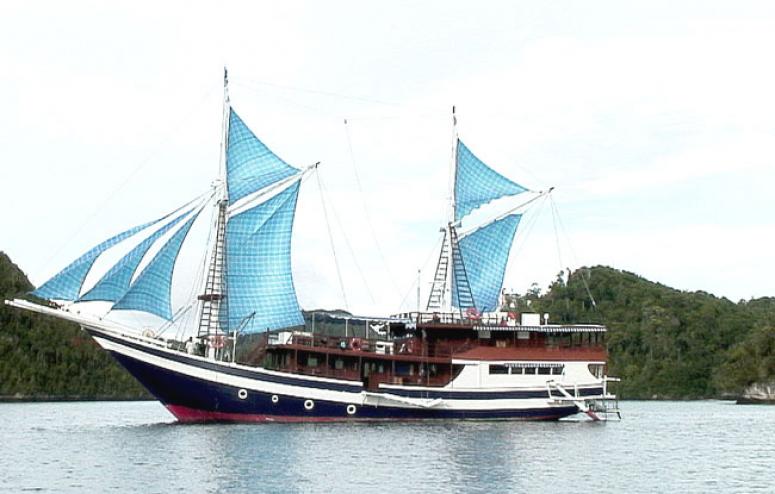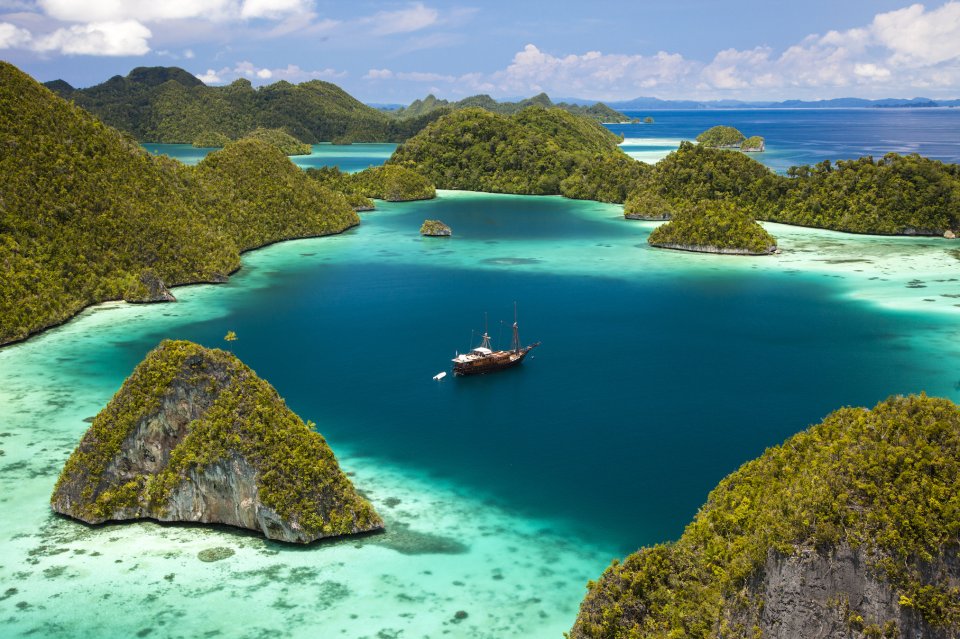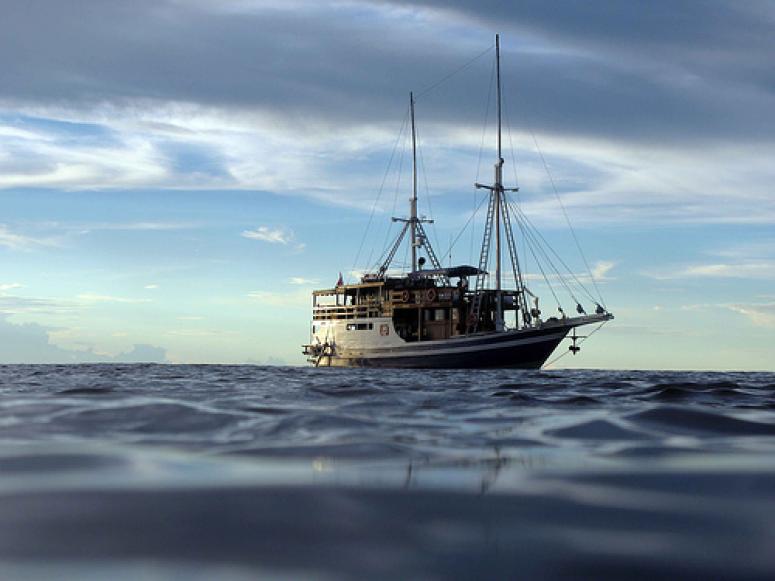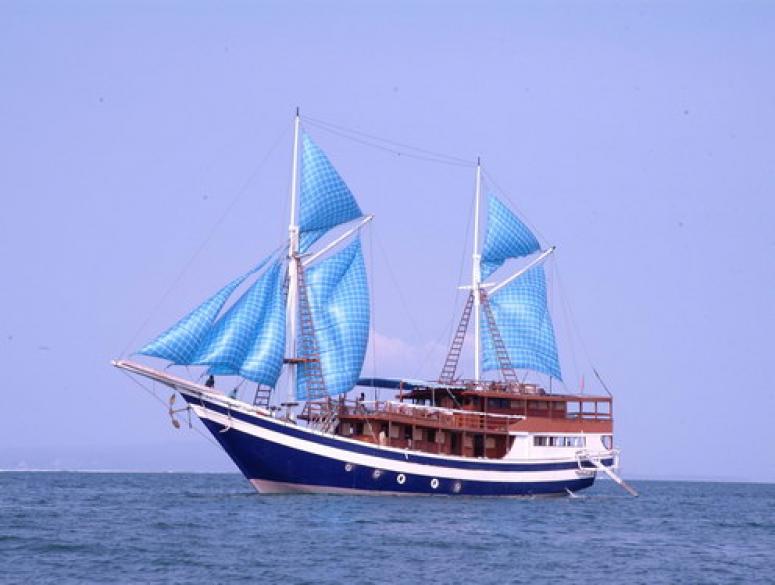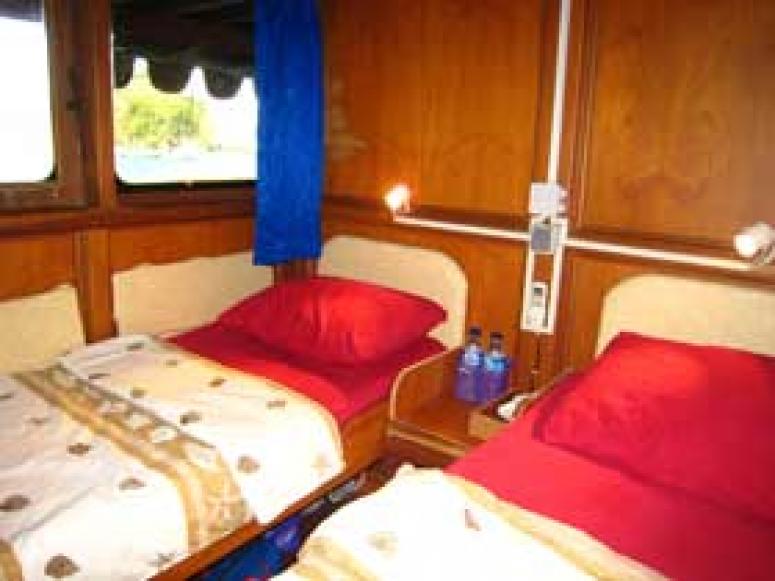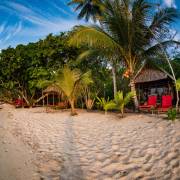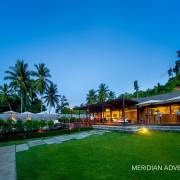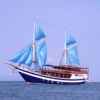Dive in Raja Ampat
Diving packages in Raja Ampat
-
Meridian Adventure Dive Resort - 5 Day / 4 Night Standard Package
When diving is life and all you want to do is dive all day long. Then these packages from Meridian Adventures are for the ultimate dive enthusiasts out there. All standard dive and resort accommodation included Add on nights and dives as required and customize your package Prices include 11% service charges Prices exclude 11% government sales tax All advertised prices are on a per person basis All…1 874 $ More Information -
Meridian Adventure Dive Resort - 5 Day / 4 Night Basic Package
When looking for a balance of diving and time to relax. A simple 5D/4N basic package with a few dives a day is all that you need.All standard dive and resort accommodation included Add on nights and dives as required and customize your package Prices include 11% service chargesPrices exclude 11% government sales tax All advertised prices are on a per person basis All prices are in USD$ All…1 385 $ More Information
Diving in Raja Ampat
The variety of marine life in Raja Ampat can be staggering. The area is considered home to more than 1,000 fish species, 101 of which were previously unknown in Raja Ampat and four that are new to all of Indonesia. A world record 284 sightings on one single dive was set at Kofiau Island. A benchmark figure for an excellent dive site is 200 fish species sightings, this was surpassed on 51% of Raja Ampat dives! There were 537 coral species and 699 mollusk species - again another world high.
Some areas boast enormous schools of fish and regular sightings of sharks, such as wobbegongs. In Mansuar, you may encounter large groups of manta rays and turtles. From the boat and often diving close to shore you may get the chance to don your snorkeling gear for some unforgettable interaction with resident pods of dolphins or even some passing whales.
Other highlights include the innumerable war wrecks, both ships and planes (with new wrecks being discovered constantly). The reefs of Raja Ampat are just as varied as the marine life. There are vertical walls, reef flats, slopes, sea mounts, Raja Ampat divingmucky mangroves, lagoons and pinnacles. The reefs are in pristine condition with miles of perfect hard corals and many varied colorful species of soft corals.
The diving is predominantly drift dives due to the moderate prevalent currents in the area which provide nutrients for the myriad fish and coral. Currents are averageto moderate and vary from none to very strong. Due to these currents and the number of wrecks, Irian Jaya is not really considered a destination for absolute beginners, rather for divers with a few dives under their belts looking to get away from the crowds. Visibility is normally very good but can vary and is normally at its best earlier in the day so your pre-breakfast dives are not to be slept through!
The pristine beauty of the area, both above and below the water is truly unrivalled. This success of area's staggering abundance of marine life can also be attributed to the areas incredibly low human population density. Its remote location and lack of infrastructure have inhibited the growth of tourism.
This is truly "Frontier Diving". Topside the beautiful islands stretch as far as you can see and are largely uninhabited. At night the lights of local fishing boats twinkle in the dark along the few inhabited shorelines while in more remote areas you may only see a distant spec of light over the entire horizon. Not many liveaboards dive the Raja Ampat area, making this adventure even more unique and special.
Although most of the diving in Raja Ampat is done by liveaboard, we need to mention that there's also the possbility to dive some of these areas from dive centers located in Sorong, in West Papua.
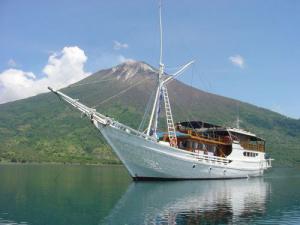
Travel to Raja Ampat
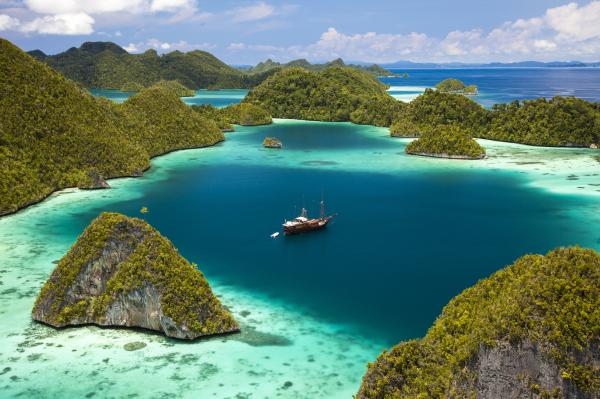
The area known as Raja Ampat (or the Four Kings) is an archipelago consisting of the islands of Misoool, Salawati, Batanta, and Wiageo which are surrounded by over 1,500 small islands and cays. Formerly known as Irian Jaya, this area is now part of the newly named West Papua province of Indonesia and is located on the northwest tip of Bird’s Head Peninsula, on the island of New Guinea.
Put simply, Raja Ampat could quite possibly be the best diving in the world. It certainly is the world's most biodiverse marine region with more recorded fish, coral and mollusk species than anywhere else on Earth.
According to the Conservation International Rapid Assessment Bulletin the marine life diversity for diving in Irian Jaya is considerably greater than all other areas sampled in the Coral Triangle. The Raja Ampat area is considered home to more than 1,000 fish species, 101 of which were previously unknown in Raja Ampat and four that are new to all of Indonesia.
Although most of the diving in Raja Ampat is done by liveaboard, we need to mention that there's also the possbility to dive some of these areas from dive centers located in Sorong, in West Papua.
